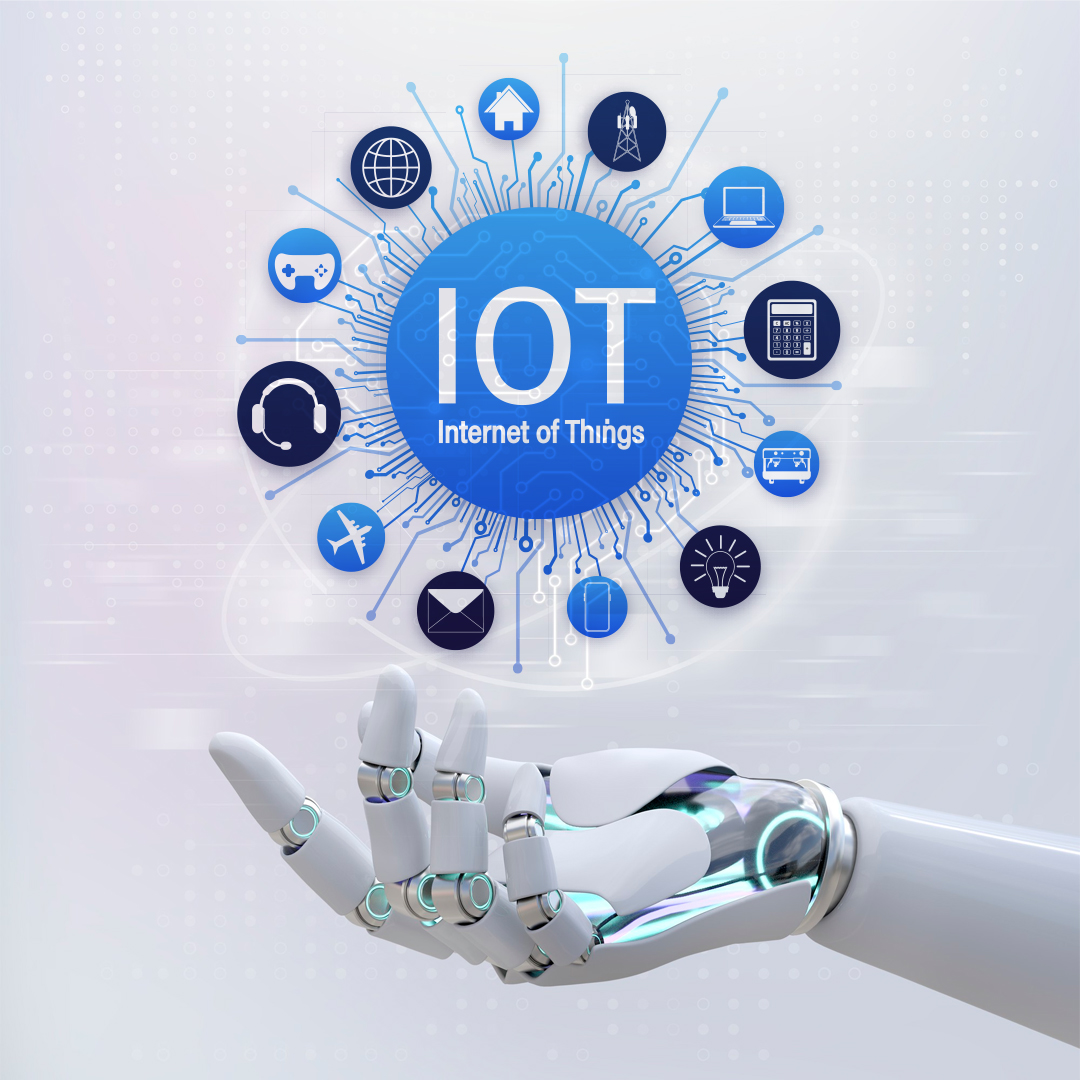How IoT Technology Empowers AI: Unlocking the Power
The Internet of Things (IoT) technology empowers AI (artificial intelligence) by offering real time insights, data collecting, and more, resulting in smarter decision-making and more efficient, automated business operations. When the first IoT gadgets and smart devices hit the market, these networks of connected devices generated a massive amount of data.
In essence, it is a data goldmine capable of yielding remarkable insights and strong real-time applications. Utilizing professional IoT services with AI can exponentially raise the bar for organizations for machine learning, predictive analytics, adaptive systems, and more.
However, getting the most of all this data requires some assistance. Apps developed using IoT software development services can help process enormous amounts of data safely, reliably, and, of course, quickly. As the AI revolution is gaining traction, it enables cognitive computing capabilities that fully maximize IoT data streams.
So, how does IoT technology empower AI? Let’s find out.
IoT Technology Empowers AI: The Key Role of AI
The Internet of Things (IoT) is a network of physical devices, or "things," equipped with sensors for data collection. These gadgets have 5G and/or Wi-Fi connections, allowing them to communicate and exchange data with other devices and systems all across the internet. This can only be possible with the help of an expert IoT services provider.
Devices range from common domestic appliances to sophisticated industrial machinery and medical equipment. IoT devices can track many parameters, such as health, temperature, air quality, energy usage, and machine performance. Real-time analysis of this data using IoT software development services can help uncover patterns, trends, and discrepancies.
Artificial intelligence (AI) is a discipline of computer science that studies computers that do tasks that would ordinarily need human intelligence.
AI plays an essential role in analyzing and decoding immense volumes of data generated by interconnected devices and systems. It can be embedded in components such as programs and chipsets, or it can be run centrally.
IoT Technology Empowers AI: Key Pillars of IoT Optimization
The significant influence of AI on IoT can be understood when you first consider its 'five pillars'. Below is a detailed explanation to help you better understand how IoT technology empowers AI.
1. Create
Data generation refers to the collection of data by different sensors and systems capable of sending data from one point to another. The massive data collection from these smart devices can enhance program functioning and information analysis.
2. Communicate
Once generated, the data must be shared or sent over the network. IoT technology enables ‘things’ to constantly interact with one another, resulting in huge, interconnected networks or systems.
3. Aggregate
Data is then supplied from potentially millions of devices for aggregation. This aggregation enables the data to be analyzed, resulting in a full information perspective. Technical and legal standards allow data to be aggregated across several platforms.
4. Analyze
Data is aggregated and processed to derive important, real time insights. This pillar illustrates the power and utility of IoT applications. Analytics is applying data analysis tools and techniques to create data forms. Data is then transformed into more valuable information.
5. Act
This pillar describes how people or systems respond to the insights obtained from the analyzed data. These activities correspond to corporate outputs, systems, and tools, allowing the IoT system to provide value and influence decision-making processes.
Each of these five principles serves as a guide for future design decisions in the IoT environment. They help simplify issues to ensure your IoT workload fulfills requirements across architecture levels. They are also an excellent approach for analyzing how AI works with IoT.
The Main Benefits of IoT And AI Technologies
AI development services greatly improve the implementation of all five IoT pillars. It allows more efficient data production, enhanced transmission and aggregation, and stronger analysis to inform action. This leads to more active, intelligent, and efficient IoT applications that provide important insights and drive effective, timely decision-making processes.
- Manufacturers employ AI to improve the functionality of their sensors and gadgets using predictive analytics. The AI algorithms increase the quality and efficiency of sensor data collecting, allowing devices to create more accurate and useful data.

- AI can improve data connectivity in IoT networks by improving data transfer between devices. It can control the data flow to ensure effective and secure transfer throughout the network.
- AI algorithms can automate and optimize data aggregation processes in IoT systems, making them quicker and more efficient.
- AI is especially useful during the analysis phase of the IoT process. AI algorithms are excellent at evaluating vast amounts of data, extracting important, real-time insights, recognizing trends, and generating predictions.
- AI can also help with the action stage of the IoT process by allowing intelligent decision-making based on the insights gained from the studied data. It can identify real-time risks, allowing for proactive risk reduction techniques. It can also imitate intelligent behavior and aid in decision-making with little to no human intervention.
AI and IoT’s Optimization Influence on Data Analysis

AI handles and analyzes massive amounts of IoT-generated data to discover trends, anomalies, and patterns. This can help you optimize operations, estimate maintenance needs, and spot risks or breakdowns.
AI can even deliver real-time analysis by processing sensor data as soon as it is available, allowing for faster insights and responses to events. This real-time data analysis increases efficiency and productivity in predictive maintenance, quality control, and supply chain optimization.
AI can also help scale: machine learning algorithms can manage and analyze huge volumes of IoT data, allowing IoT systems to grow practically endlessly. Furthermore, these vast datasets may be used to train ML models to increase performance, making them more adaptable and capable of operating in diverse IoT situations.
The Wrap-Up
So, this is everything you need to know about how IoT technology empowers AI. So, make sure you partner with a specialist IoT service provider in the United States to assist you in overcoming obstacles and achieving your goals. This will ensure better business differences and a new standard in a competitive edge.


